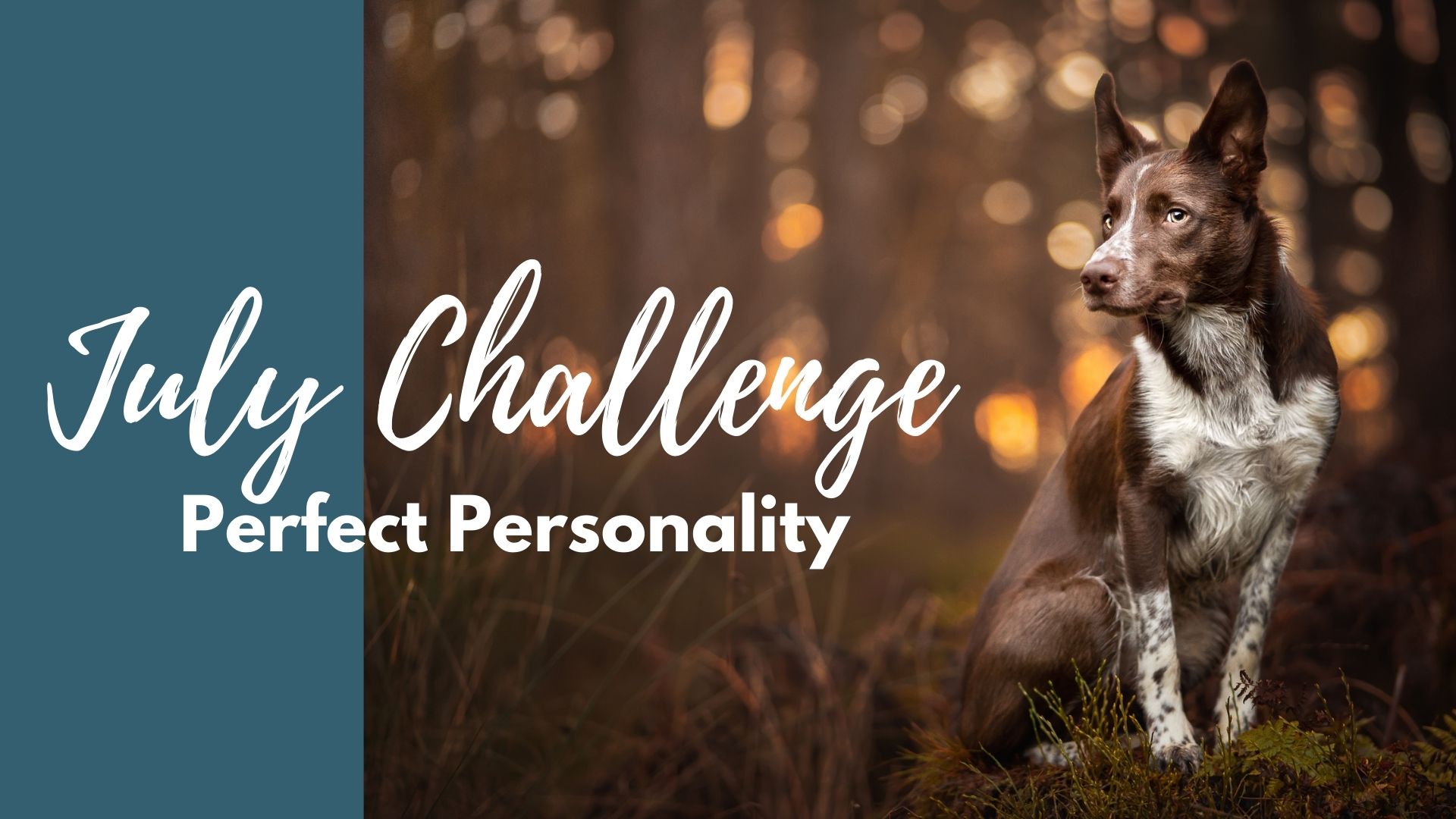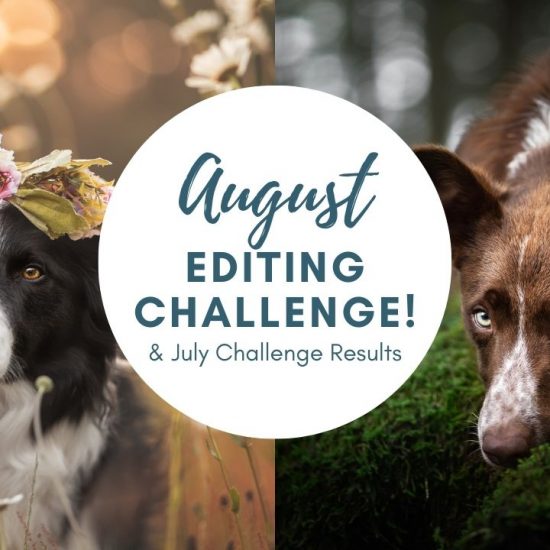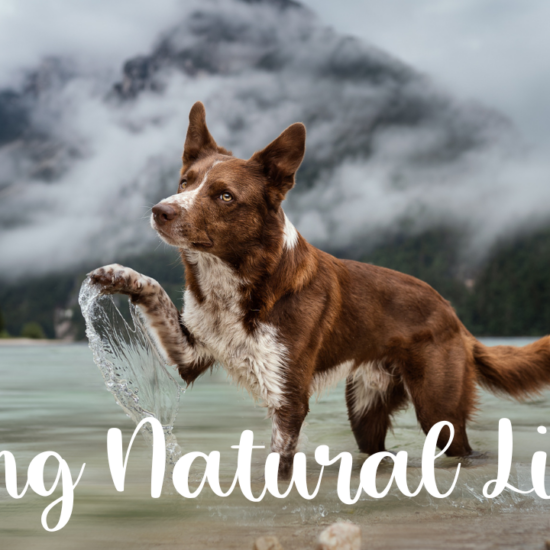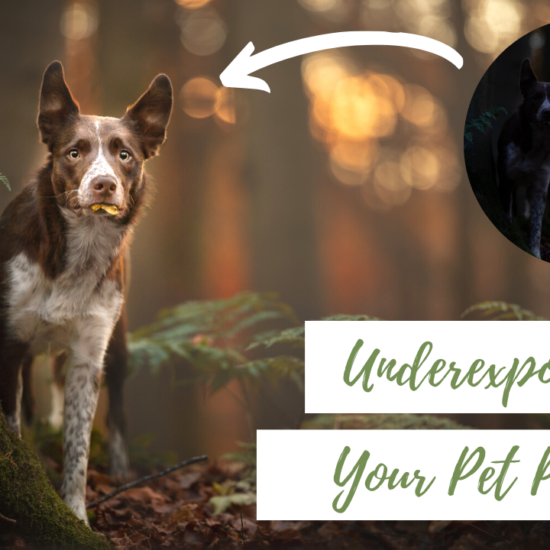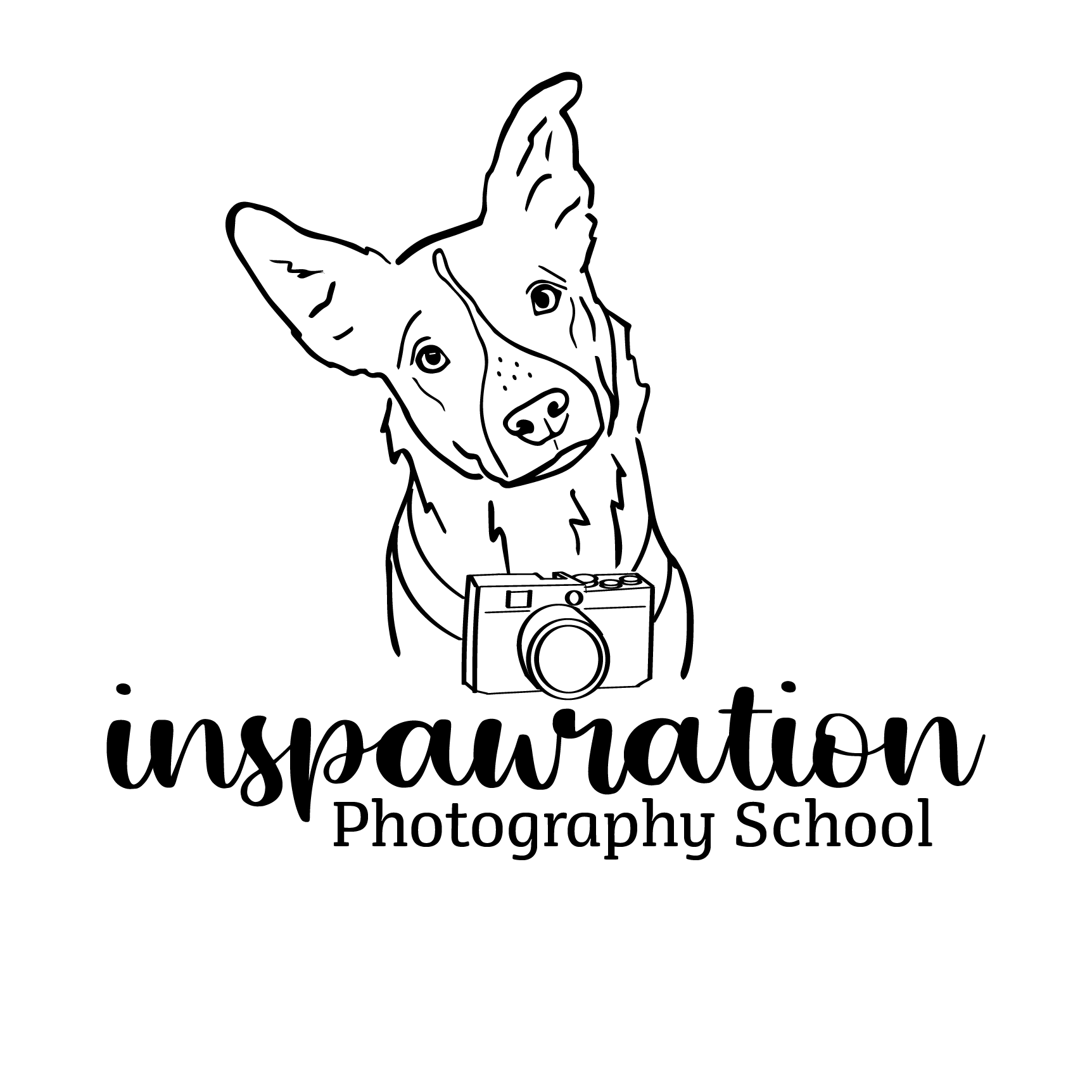Our job as photographers is not only about capturing beautiful images of pets that captivate our audience, but about telling a story, or showing our audience something about the dog, cat, horse or snake. I see so many photos of dogs sitting nicely, looking at the camera but I always feel like I want to know more about them. This challenge aims to push you to think deeper about ways you can show who your subject is, whether its your own dog, or a client’s dog.
The challenge is:
Take and upload ONE photo that shows us who your subject is.
This sounds simple, but I don’t think it is 😅
The photo should follow the general principles of a photo entered in a competition:
- it should be impactful, creative, have a mood
- technically correct (white balance, lighting, composition, focus, etc)
- be edited in a way that complements the photo and enhances it
Now, obviously no photo is going to show the entire spectrum of your dog’s personality – if they’re anything like my boys, they can be polar opposites, from sweet and cuddly, to intense and crazed, to silly and goofy. Whichever side of your personality you choose to show is up to you – it might be what you see most often of your dog and is therefore clearly, and fundamentally “them”…
or it might be a moment you captured where they showed the silly side, or the serious side, and it was unexpected and delightful. There’s no “right or wrong” answer, but you should aim to use a few elements in order to paint a more dynamic picture of who your subject is. Think about who your subject is, and then consider:
- light
- location
- expression
- pose
- editing
Looking for the results of the April Self-portrait challenge? Watch it here!
Light
How light and airy is your photo? Or is it dark and moody?
How much light can be seen in the photo? How open is it? Or is it more closed and intimate? Is there sun? Or a dramatic overcast sky? All these things can create a mood and a story, and that mood needs to suit what you’re trying to show or tell your audience about your subject.
Same dog, similar composition… completely different mood.
Location
Similar in some ways to the point about light, considering where you take the photo of your subject can help build a different mood or feeling, or tell a different story. Take the two examples above.
Taking photos in a field of colourful wildflowers will have a different effect to taking photos in a grungy city street with graffiti art. Taking photos in the cool green moss will have different feelings to on a sand-swept beach.
Think about your dog, and what kind of place feels like it “suits” him – not because he loves the dog park because all his friends are there, but maybe he is most joyful when he can run. Maybe he is a real couch potato and you want to show that aspect of his personality so a photo at home on the couch would create the strongest image.
Expression
There are a ton of ways we can use the dog’s expression to create different emotions. From something as simple to mouth open or closed, to which direction the dog looks – whether at the camera, or off to the side, or into the distance. These can all tell us different things about the dog and who they are.
We don’t always have control over the dog’s expression (they may have their mouth open all the time!) so don’t stress too much, but keeping in mind how an expression can be used to create a mood makes you more intentional in the photos you’re taking.
Same dog, same location, two quite different “moods” in the photos
Pose
How the dog poses in the photo can also change the story we tell. There is so much to discuss around poses. From how sitting is a pretty neutral “safe” pose, to how standing can be powerful, to how lying down can be relaxed and sweet.
Even how you angle the body to the camera can create different effects and tell us different things about the dog. Choosing the pose intentionally for your dog, instead of always using a default sit, can be a powerful way to show different elements of the dog.
Using more candid photos, where the dog is caught in the middle of some action, has posed themselves, or is looking in a certain direction, can be a more authentic and genuine way to show who the dog is. Or to tell a story.
Of course, if you have a cat or other smaller animal your options may be somewhat more limited.
Horse photographers can use different stances, movement or stillness, or even the curve of the neck, to convey different emotions.
Editing
Lastly, editing. Editing, in my opinion, should be a tool which brings all the other elements of the photo together. To make an already serious and intense photo more serious and intense. To enhance the warmth and joy of a bright and happy puppy.
We talk about this cohesiveness of editing and the elements already present in the photo a lot both in the Learning Community and the Next Level course.
Using different editing elements, for example darkening parts of the image or making purposeful choices about colour tones, can enhance the mood you’ve already started creating. The main thing is to keep the elements cohesive. Taking photos in the mossy woods with a serious dog will not easily become bright and light and happy just through editing.
These photos didn’t really require much extreme editing, and all editing choices were made to support the mood of the photo that was already present
Rules and Prizes - Read Carefully!
- The challenge begins on the 1st of July and ends on the 31st of July. Photos must be uploaded to Instagram, or the Facebook Group during this time period. Photos uploaded before or after will not count as an entry.
- They do NOT need to have been taken during July. Only uploaded during July.
- Entries to Instagram must be tagged with the #inspawrationchallenge hashtag. Feel free to share to your stories! I’ll shout out anyone who does 😊
- Winners will be determined by me and a short critique will be provided for the top 5. I will not be doing critique for all entries as this is a perk for Learning Community students.
- Participants can enter one photo each.
- Photos will be judged on the elements discussed above (impactfulness, technicality, etc) which includes how well you have shown the subject’s personality.
- The winner will be able to choose one of my photos from my feed, and I will make an editing tutorial video of that photo. (Except for the couple of massive composites on the feed. Any of the normal ones though are fine).

